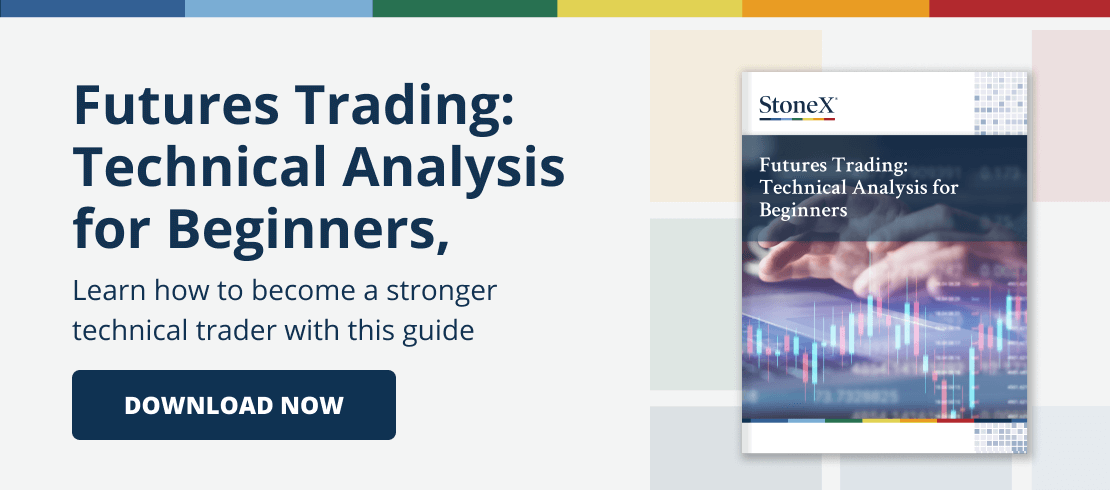Smoothed Oscillator
A Smoothed Oscillator is an Exponential Oscillator, only with a longer period applied. The Smoothed Oscillator is plotted as a histogram, using the difference between two Moving Averages. It can be used to help identify divergences, short-term variations from the long-term trend, and to identify the crossing of two Moving Averages, which occur when the oscillator crosses the zero line.
Properties
Period1: The length of the first Exponential Moving Average. The application uses a default of 5. However, to smooth the Oscillator, the period specified is lengthened: Period=2*n-1.
Period2: The length of the second Exponential Moving Average. The application uses a default of 10. However, to smooth the Oscillator, the period specified is lengthened: Period=2*n-1.
Aspect: The Symbol field on which the study will be calculated. Field is set to “Default”, which, when viewing a chart for a specific symbol, is the same as “Close”.
Interpretation
Technical analysts use a variety of oscillators. An oscillator is the simple difference between two Moving Averages. Those values oscillate about the zero line and are plotted as a histogram.
One trading rule is similar to the crossover system used in Moving Averages. In fact, the oscillator is another method of using two Moving Averages. Sell when the oscillator crosses the zero line from above to below. Buy when the oscillator crosses from below to above. Some traders buy the valleys and sell the peaks of the oscillator. The oscillator has no confined limits. Its value fluctuates widely. It is a function of price volatility and the Moving Averages.
Literature
Achelis, Steven B. Technical Analysis from A to Z.
Colby, Robert F., Myers, Thomas A. The Encyclopedia of Technical Market Indicators. Dow Jones – Irwin. Homewood, IL. 1988.
Murphy, John J. Technical Analysis of the Futures Market.
View Other Technical Analysis Studies
- Bollinger Bands
- Commodity Channel Index
- Crack Spread
- Crush Spread
- Default
- Directional Movement Index
- Envelope
- Exponential Moving Average
- Exponential Oscillator
- High Low Moving Average
- Highest High / Lowest Low
- Historic Volatility
- Keltner Channel
- Least Squares Linear Regression
- Line Oscillator
- Momentum
- Moving Average
- Moving Average Convergence Divergence
- Moving Standard Deviation
- Open Interest
- Oscillator
- Parabolic Stop and Reversal
- Rate of Change
- Relative Strength Index
- Smoothed Moving Average
- Smoothed Oscillator
- Stochastic
- Variable Moving Average
- Volume
- Volume and Open Interest
- Weighted Close
- What is the Slow Stochastic Oscillator?
- Williams’ %R

